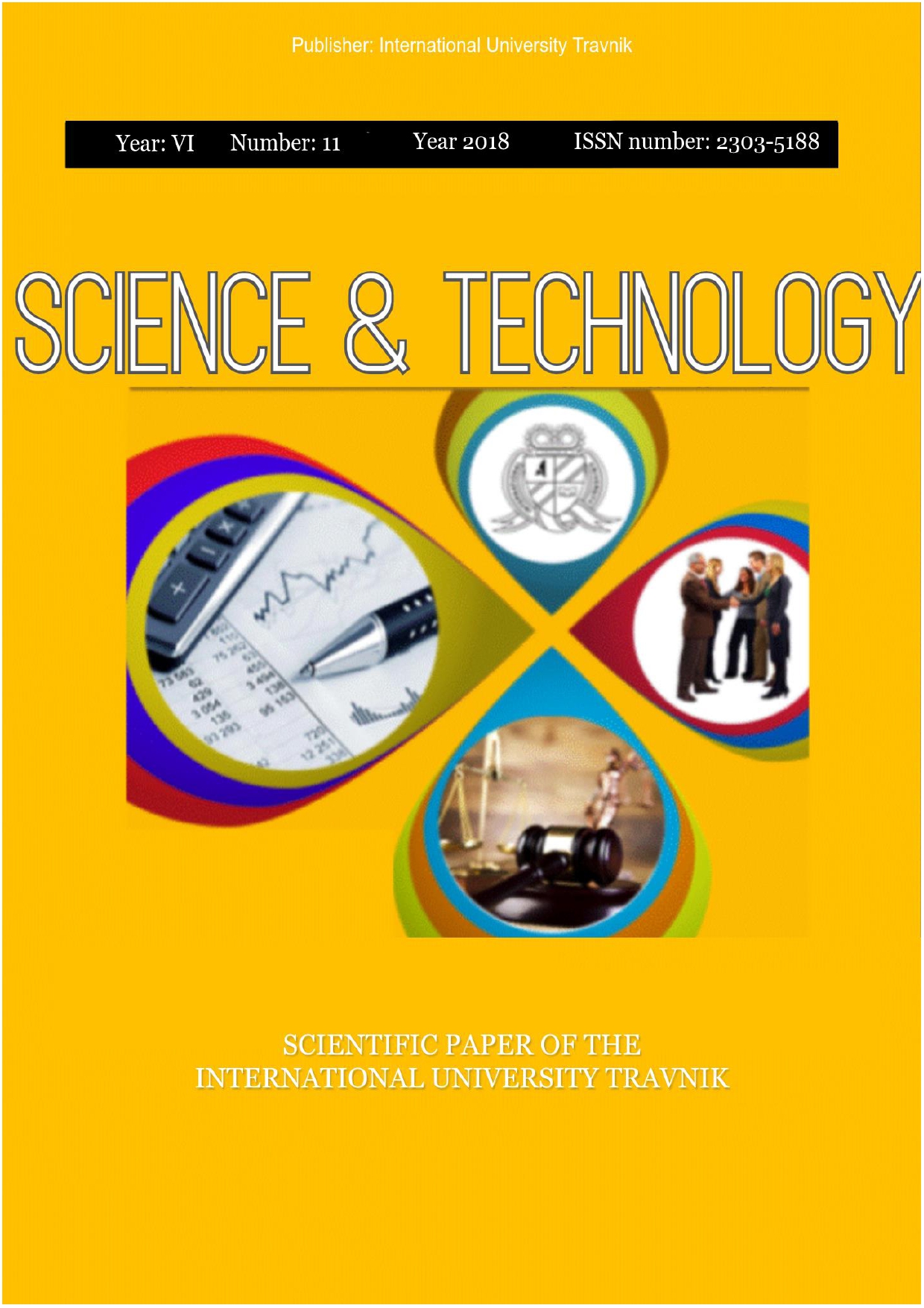MATHEMATICAL MODEL ON TRANSPORT NETWORKS
MATHEMATICAL MODEL ON TRANSPORT NETWORKS
Author(s): Elvir Čajić, Sead Rešić, Anela HrnjičićSubject(s): Social Sciences, Transport / Logistics
Published by: INTERNACIONALNI UNIVERZITET TRAVNIK
Keywords: Transport model; open and closed model; mathematical model;
Summary/Abstract: A mathematical model describes a system using a series of sets, equations, variables that describe relationships and relationships between them. The system is an abstract entity, which we believe has no interaction with the environment but is isolated and exists as an independent entity. Usually, the system is defined by the mathematical relations between input and output quantities. The variables in the model represent some of the features of the system. They can be input, output, independent, dependent, state variables and random variables. Most often, mathematical functions are used for modeling, and we optimize the parameters by approximating or interpolating a curve. Mathematical modeling is recognized as the process of applying mathematics to a real system for the purpose of verifying the necessary information. It is important to emphasize that modeling does not have to solve the problem, but is likely to shed light on the problem and clarify the observed situation. The application of mathematical model and programming tools aims to reduce the possibility of such problems occurring and solving them if they do occur. The model is a closed transport problem. It is also shown in the software package matlab one transport problem and approximately solved.
Journal: NAUKA I TEHNOLOGIJA
- Issue Year: 6/2018
- Issue No: 11
- Page Range: 68-72
- Page Count: 7
- Language: English

